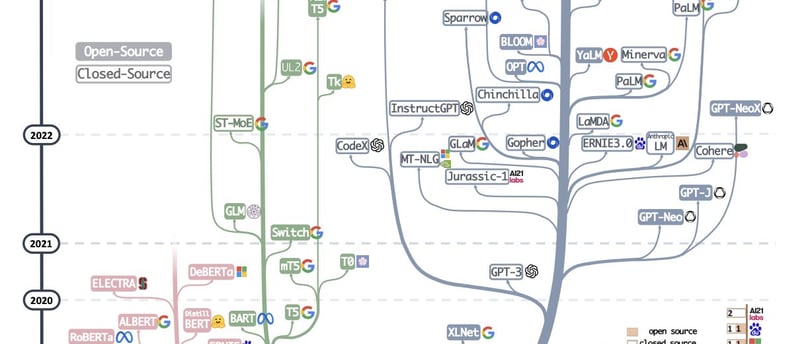The Power of AI: Revolutionizing Industries
AI Expert Bros
1/8/20242 min read


In the ever-evolving landscape of artificial intelligence, large language models (LLMs) stand as towering achievements, showcasing the remarkable ability of machines to understand, generate, and interact with human language. But how do these digital intellects operate? This post delves into the intricate mechanics behind large language models, illuminating their workings for both the tech-savvy and the curious reader alike.
Foundations of Language Understanding
At their core, large language models are built on the backbone of neural networks—specifically, a type called transformer models. These networks are adept at processing sequential data, making them ideal for understanding the nuances of human language. Transformers analyze text by considering the context of words and sentences, allowing them to grasp meaning, sentiment, and even the writer's intent.
Training on a Vast Scale
The "large" in large language models isn't an understatement. These models are trained on extensive datasets comprising texts from the Internet, including books, articles, and websites. This training involves the model predicting the next word in a sentence given the words that precede it, gradually improving its predictions through feedback. Through this process, the model learns not just vocabulary and grammar, but also common phrases, idioms, facts about the world, and even styles of writing.
The Role of Attention Mechanisms
A critical component of LLMs is the attention mechanism, which allows the model to weigh the importance of different words in a sentence. For instance, in the sentence "The cat sat on the mat," the model learns to associate "cat" more closely with "sat" than with "mat." This ability to focus on relevant parts of the input text enables LLMs to generate coherent and contextually appropriate responses.
Generating Text
Once trained, large language models can generate text that's indistinguishable from human writing. By feeding the model a prompt, it uses its learned knowledge to predict and generate subsequent words, crafting sentences, paragraphs, and entire articles that align with the initial input. This capability is what powers AI chatbots, automated content creation, and even assists in coding and scientific research.
Technical Challenges
Despite their prowess, LLMs are not without their challenges. Since they learn from data available on the Internet, they can inadvertently contain misinformation. Additionally, their interpretations are based on correlations within the data they've seen, meaning they can generate plausible but factually incorrect information, leading to a condition known 'LLM hallucination." Addressing these challenges is an ongoing area of research, focusing on improving the models' accuracy, fairness, and reliability.
The Path Ahead
Large language models represent a significant step forward in natural language processing, opening up new possibilities for AI applications in everyday life. As researchers continue to refine these models, we can expect even more sophisticated AI tools that understand and interact with us in increasingly nuanced and helpful ways. The journey into the linguistic capabilities of AI is just beginning, promising a future where technology understands not just our words, but the very essence of our communication.
